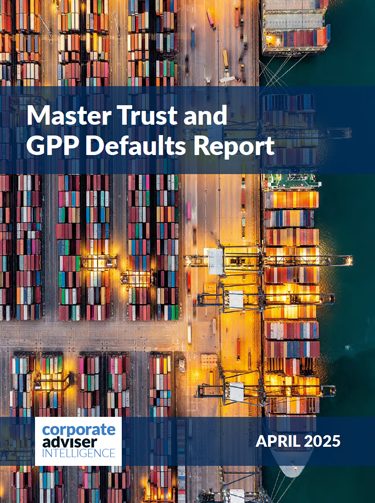National retirement income targets should be developed to help people understand and benchmark how close they are to their long term savings goals, the Pensions and Lifetime Savings Association says.
The PLSA is today launching a consultation into the development of national retirement income targets (RITs), replicating a model already used in Australia to provide savers with tangible income goals which take into account what they need to save in order to achieve different standards of living in retirement.
The PLSA is proposing a set of three RITs – minimum, modest and comfortable – to help individuals benchmark their retirement readiness. The body cites research that shows 78 per cent of people aged 18 to 64 years are not sure or did not know where to look to tell if they were on track with their retirement savings.
The PLSA says identifying how much to save for retirement is a significant challenge for most people with only 16 per cent saying they know much they would need to achieve the standard of living they hope for in retirement. Just under half – 43 per cent – of those who said they knew how much they need to save said they had come to this conclusion by themselves demonstrating that a more evidence based national model is needed.
The PLSA says there is currently no widely accepted and generally understood target for retirement income and 77 per cent of people admit they do not know how much they need in later life. Four out of five people polled by the PLSA said that a national RIT would help them plan for retirement.
As part of the consultation further analysis will be undertaken to determine exact income levels and the PLSA is calling for views from interested parties.
In initial research done by the PLSA, 55 and 64 years old –arguably most likely to be knowledgeable – suggested that for a single person a minimum income would be £10,000 to £15,000, while a modest income would be £15,000 to £25,000, with a comfortable income being more than £25,000.
The review also looks at extending the reach of auto-enrolment, unlocking wealth from property in retirement and tax relief.
PLSA director of external affairs Graham Vidler says: “We all know we need to save for retirement but few of us know how much we might need to live on or whether we are on track to hit that target. The PLSA will be consulting widely to understand how the industry and Government can help people build and reach a retirement plan.
“As part of this, we are asking difficult questions which need to be answered to help more people make the right choices around retirement. We are also looking to develop a new set of Retirement Income Targets that will empower savers by providing tangible targets for them to achieve. We look forward to working closely with stakeholders to build a retirement savings market which is truly focused on the end users – savers.
“Savers will need support as they work to achieve the Retirement Income Targets and we need to consider what might need to change within the UK retirement and savings market to facilitate these steps forward. Our report sets out some of the changes we think are necessary but we want everyone with an interest in the nation’s retirement future to respond – challenging, improving and building on our proposals.”
ABI head of retirement policy Rob Yuille says: “Automatic enrolment has been extremely successful in pulling people into the pension system, but people do need to make decisions about the kind of retirement lifestyle they want and begin to make longer term plans on how to achieve that.
“A clear and consistent set of targets would help people plan for retirement and we welcome the PLSA’s decision to consult widely on this issue.”
Hargreaves Lansdown head of policy Tom McPhail says: “The key intervention needed to reset the whole framework for investors, is for the government to champion a clear policy around promoting saving and investing. No one in government, no department and no policy has anything to say about wanting to create a nation of savers and investors. We are in a new post-paternalistic paradigm for pensions and savings where the traditional guarantees from pension schemes and insurance companies have been stripped away in exchange for freedom, choice and personal responsibility. The government needs to respond to this and to focus on how we can engage people with their financial needs.
“The PLSA report picks up a number of current themes around retirement saving, including enhanced governance, increased coverage and contribution rates, revising tax relief and more clearly defined retirement pathways. The proposal to target an income based on the concepts of ‘minimum’, ‘modest’ and ‘comfortable’ may well work for investors. We’d see this working most effectively if incorporated into retirement income calculators.”
PLSA consultation key topics:
- How can we bring more people into the scope of automatic enrolment (AE) and spread the benefits of a successful implementation?
- Should the current system of tax relief be modified to support savers in achieving the new retirement income targets?
- How can we gradually increase the level of minimum contributions into AE – beyond those already planned – without discouraging people from saving?
- Can we do more to help people turn their property wealth into retirement income? Can pension schemes play a role in helping unlock the supply of housing which people need?
- How can we support realistic extensions to working lives?
- How can we ensure that people get what they want when they turn their pension savings into income? What are the respective roles of defaults and engaged decision-making?
- How can we let people know about their money in ways and at times which make sense to them? How do we improve engagement by using simple standardised messages?





